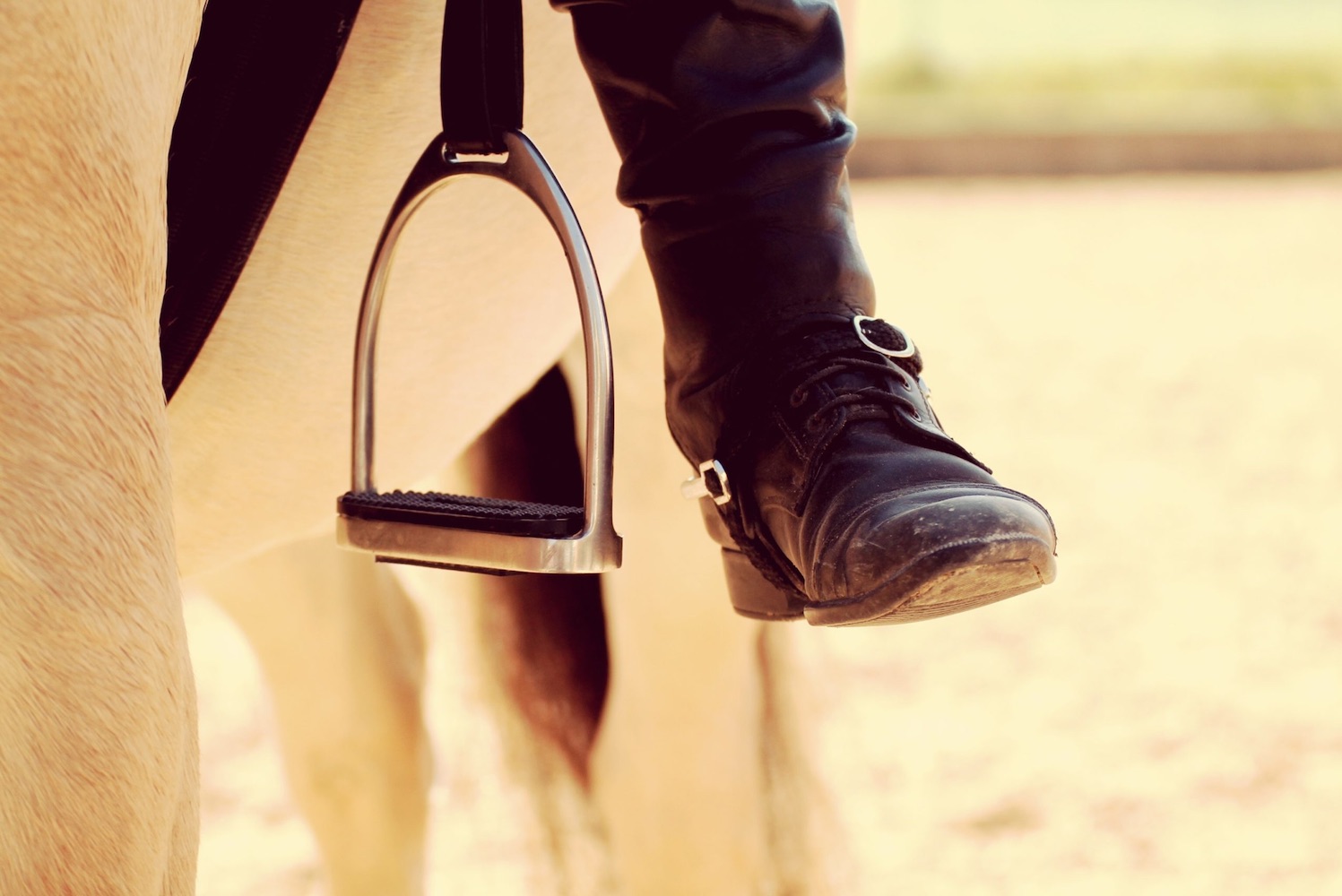Riding without stirrups for the first time can be daunting, but with a bit of preparation, a good instructor, and some practice you can quickly use this new skill to improve your overall riding abilities. Here are some great tips for those getting ready to start riding without stirrups for the first time.
Preparation
Before you even start on your stirrupless journey, consider adding some core exercises to your fitness regime. Core strengthening exercises will greatly help with your overall riding position, balance, and stability.
Lunge Lesson
We can all improve with lessons, and when we are working on exercises that take us out of our comfort zone, or are working on key skills that are new, a lunge lesson is a great place to start. Having an instructor at the end of the lunge communicating with your horse can help you focus on your position, balance, and seat without stirrups.
Warm Up
Before removing your stirrups it is important for both the horse and rider to complete their warm up. This warm up time will not only help wake your and your horse’s bodies up, but allow an opportunity to evaluate the horse’s mood and movements before going stirrupless. Only when you feel that you have the communication, control, and connection should you attempt to go stirrupless.
Equipment
The first time you go stirrupless, you must ensure that you are riding in a saddle that is familiar, in good condition, and an appropriate fit for both rider and horse. When riding English you will want to remove your feet from the stirrups, and crisscross your stirrups over the front of your saddle. Remember your stirrups must NOT obstruct your reins.
Additional Equipment
No matter what your riding skill is, a neck strap is a simple piece of equipment that is a fantastic stabilizer. A neck strap will not only help you save your horse’s mouth when you lose your steady hands, but can also be a helpful hold in an emergency.
Form
Work with your instructor on building your balance, timing, and matching your horse’s natural movement. Stay relaxed, breathe out – and don’t grip! By keeping your knees relaxed, lengthening your legs, and sitting deep in the seat you will find the connection with your horse and achieve a more secure and balanced position.
Don’t Over Do It
Keep your first few sessions short and simple. Stirrupless work will put more pressure on your horse’s back, especially when you are just getting started and learning to balance. Gradually introduce stirrupless work into your flatwork routines, and build up to longer sessions as you and your horse develop the strength and balance to do so.

